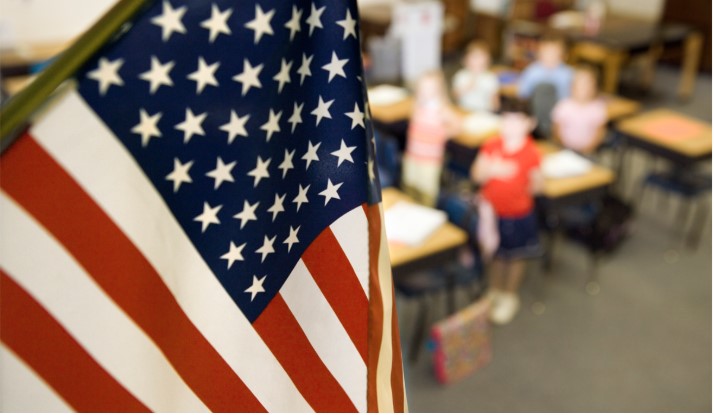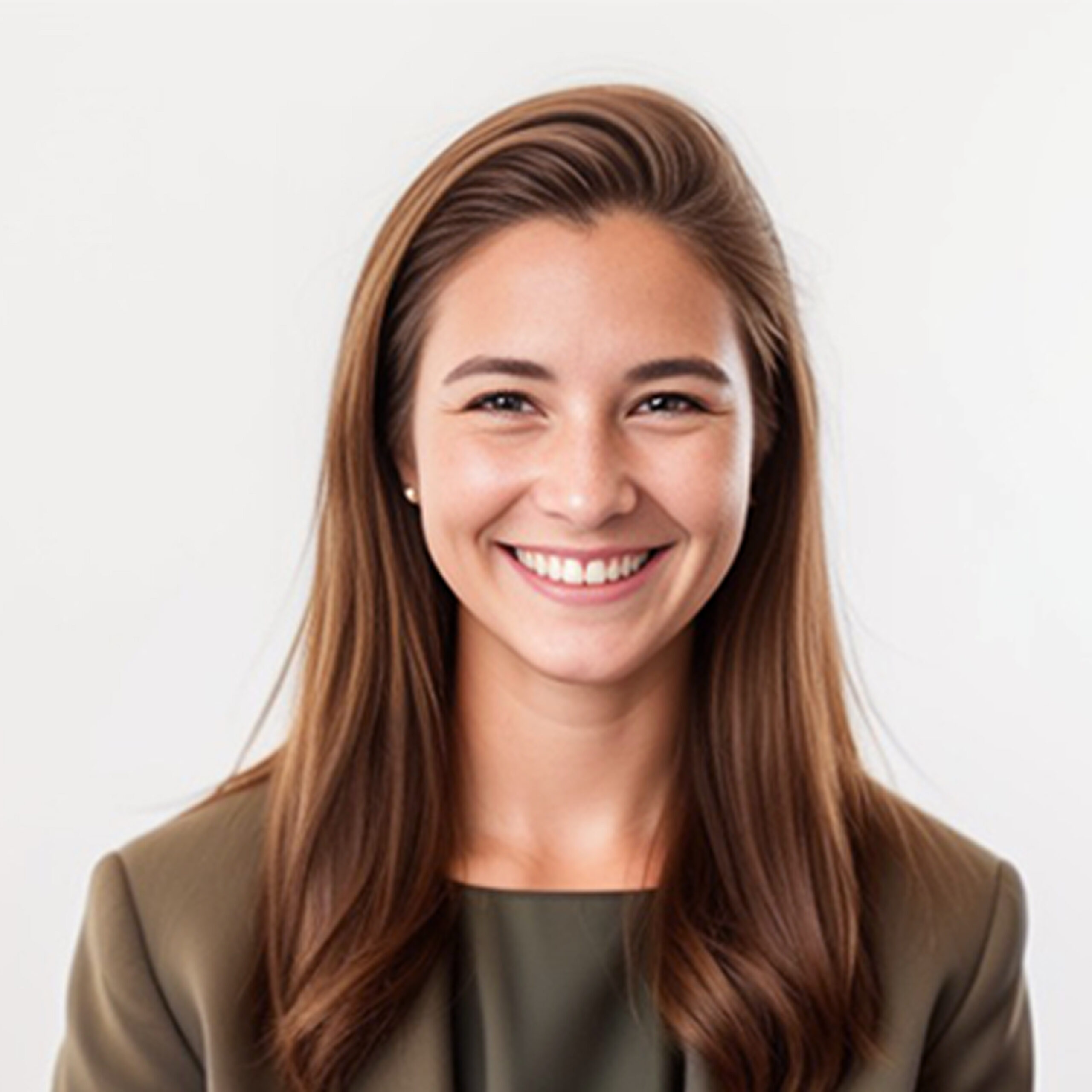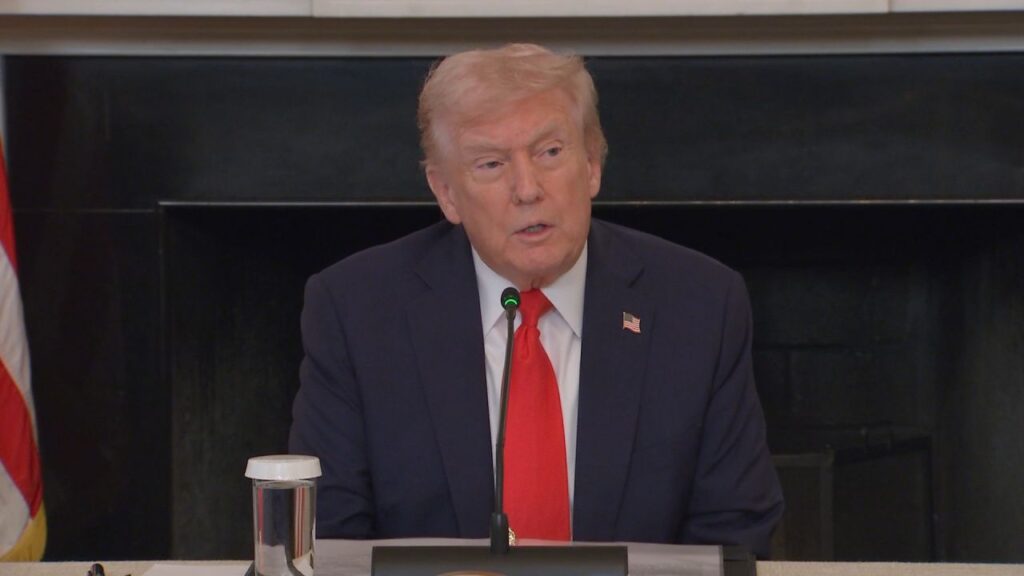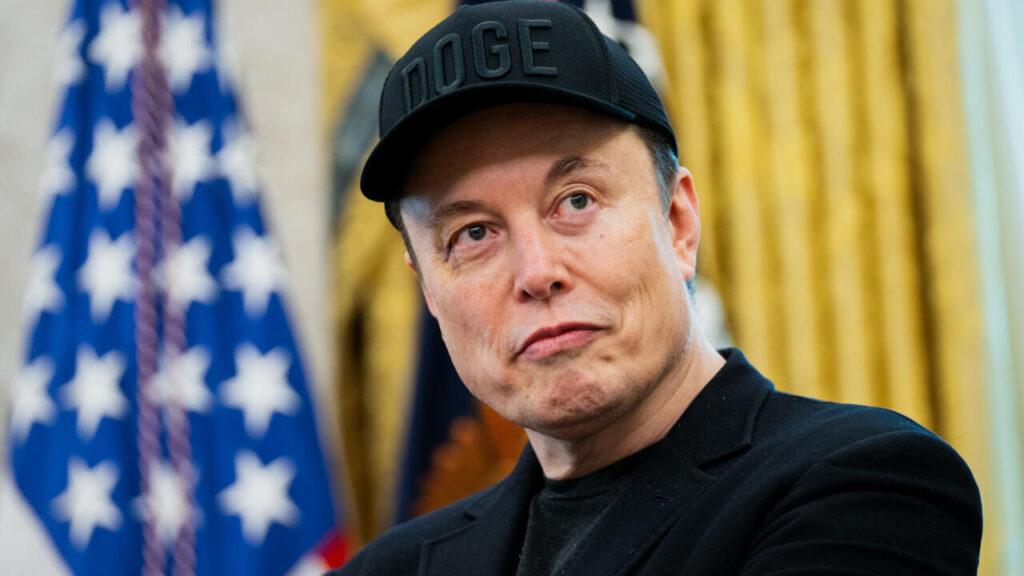
In a country as vast and diverse as the United States, the classroom has always been more than just four walls. It’s where futures are built, identities shaped, and where the American dream often begins. But in 2025, that classroom looks different than it did even a few years ago. Education in America is standing at a crossroad, with sweeping reforms, high-stakes decisions, and heated debates reshaping the way students learn and teachers teach.
One of the most talked-about developments this year has been the introduction of a federal school voucher initiative—a move that promises $20 billion in tax credits to fund scholarships for private schools. On paper, it’s a bold play for school choice. Supporters tout it as a way to give families—particularly those in underserved communities—more freedom to choose the right educational path for their children.
But critics worry it may come at the expense of public education. As more students potentially leave public schools, questions are being raised about what happens to the resources and support systems left behind. It’s a debate that hits at the heart of American values: equal access versus individual freedom.
For generations, shows like Sesame Street and Reading Rainbow were as much a part of American childhood as recess and spelling tests. But in 2025, those familiar characters are facing an uncertain future. An executive order from the Trump administration has proposed a $1.1 billion cut to public broadcasting, ending the Department of Education’s Ready to Learn grant. That grant helped fund PBS KIDS content—content that made reading fun and math less scary for millions of kids.
Now, public media stations are furloughing staff and suspending services, especially in rural areas where internet access is already limited. For many parents and educators, it feels like the rug is being pulled out from under them.
Since its inception, the Public Service Loan Forgiveness (PSLF) program has been a beacon of hope for teachers, nurses, and other public servants. Work hard for ten years in public service, and your student debt gets wiped clean. But this year, an executive order threatens to redefine who qualifies. The vague wording—excluding workers from organizations with a “substantial illegal purpose”—has left thousands in limbo.
What does “substantial” mean? Who decides? These are the questions that haunt nonprofit employees and educators who once relied on this program to make their career paths sustainable.
In Texas, a bill working its way through the legislature is reigniting a fierce debate about discipline in elementary schools. House Bill 6 would allow out-of-school suspensions for kindergarten through second-grade students—something that had been largely eliminated in recent years to encourage social-emotional learning and keep young kids in classrooms rather than punishing them.
Advocates for the bill argue it’s necessary for classroom order. Opponents warn that it may disproportionately harm students of color and those with learning differences, reigniting cycles of exclusion rather than support.
The tension between higher education and federal authority reached a boiling point in 2025 when Harvard University responded to threats of losing over $2 billion in federal funding. The university stood firm, citing its commitment to academic freedom and reforms already underway. For Harvard—and other institutions watching closely—it was about more than just funding. It was about who gets to decide what higher education stands for.
America has long been a magnet for ambitious students from around the world. But recent policy changes—including revoked visas and complicated new loan systems—are making many international students think twice. More than 1,200 student visas have already been canceled, raising fears of a long-term dip in foreign enrollment. With international students contributing nearly $44 billion annually to the U.S. economy, this trend could mean more than just empty seats in classrooms.
News Source: Houston Chronicle

Bella Richardson is a dedicated journalist and news analyst known for her clear, thoughtful reporting and her ability to make complex stories accessible to a broad audience. With a Master of Science in Mass Communication, she brings both academic insight and real-world experience to her coverage of breaking news and trending topics throughout the United States.






